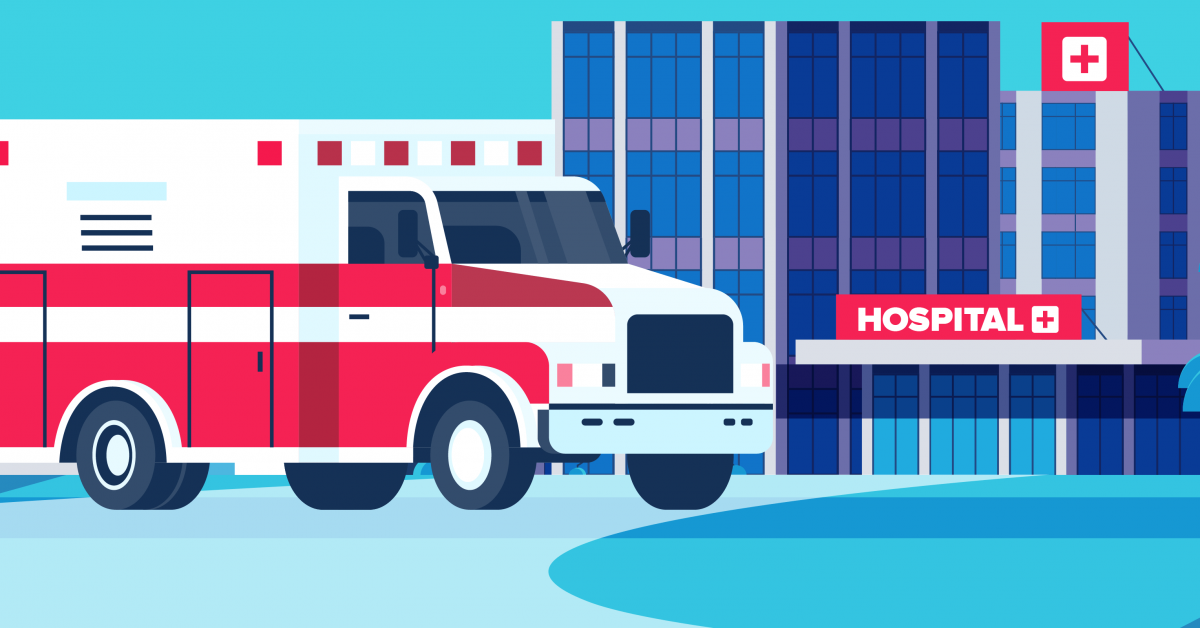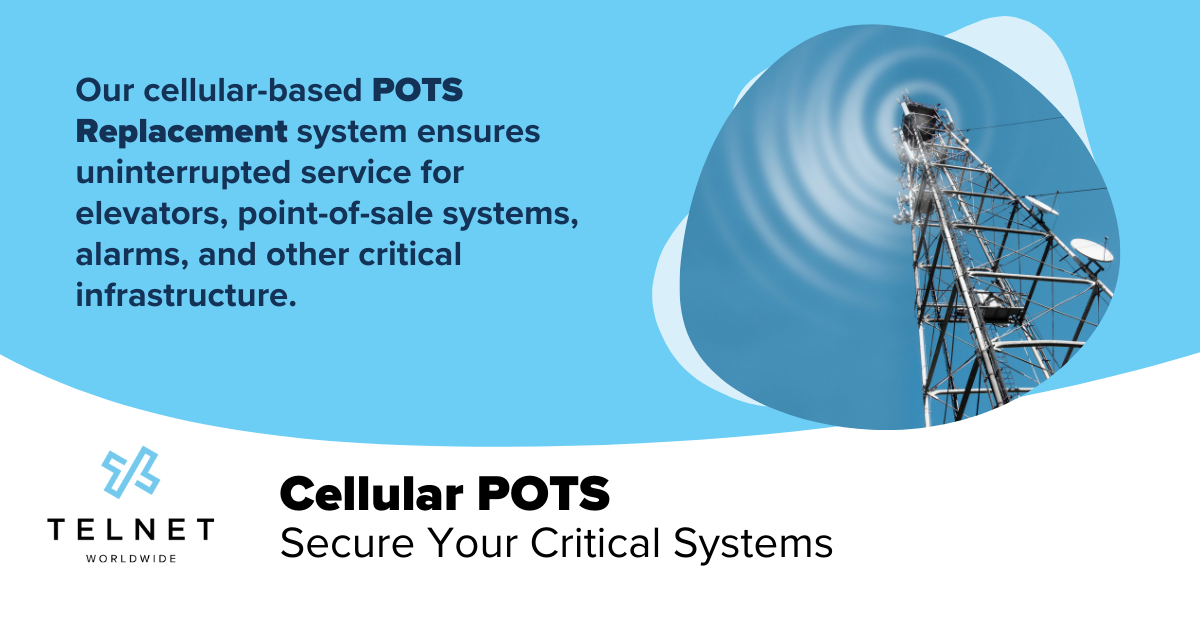In February of 2018, U.S. officials signed Kari’s Law into federal legislation. The law was named after Kari Hunt, the victim of domestic assault who died when her 9-year-old daughter was unable to reach emergency services. Kari’s daughter didn’t know that the hotel phone required guests to dial a “9” before calling outside the hotel—even for 911. Under Kari’s Law, U.S. businesses must have direct 911 dialing enabled.
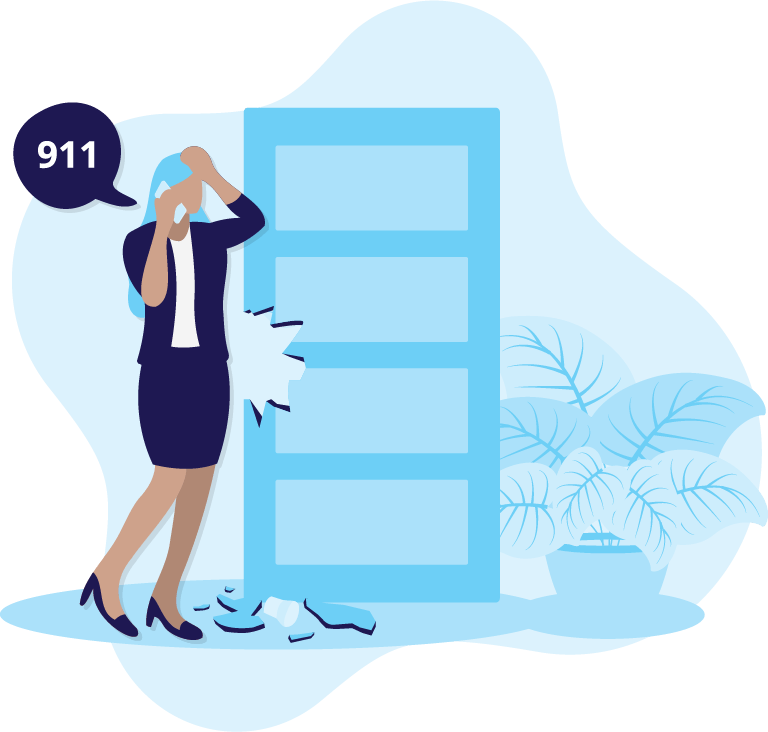
Through the FCC, the law also requires the development of 911 calling regulations for all multi-line telephone systems (MLTS), which are commonly found in hotels, hospitals, schools and offices. Making your business compliant with federal laws and regulations may seem like a herculean task, but that’s why we’re here. Before we discuss compliance, let’s get into the weeds on these regulations.
Kari’s Law Rules and Regulations
The most significant change resulting from Kari’s Law is the function of 911 direct dialing. Kari’s Law states that all outbound dialing MLTSs must provide direct access to 911 services without the caller having to dial an initial number, digit or prefix before dialing 911. While many states have their own version of Kari’s Law, the nationwide version (Kari’s Law Act of 2017) was signed in 2018. The law didn’t take effect until February 16, 2020.
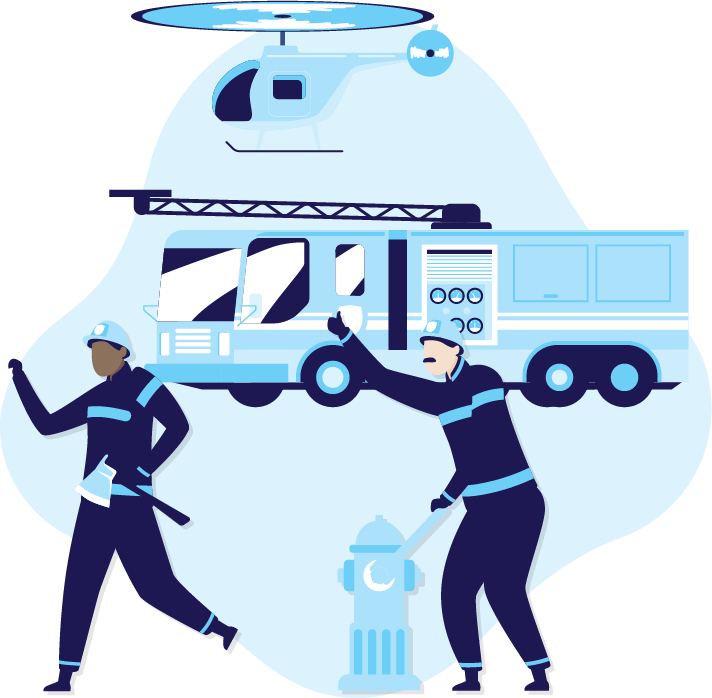
Before then, most multi-line phone systems required users to dial a trunk prefix to direct a call outside of the building. If a caller did not know the prefix and tried to dial 911, the call would not go through. Under Kari’s Law, 911 calls placed over any MLPS (even without a prefix) will go through.
Under this law, phone systems must also notify the office, school or hotel that someone in the facility is calling 911. The notifications must occur at the time when the person places the call. They can include screen popups with audible alarms, SMS messages for smartphones and emails. This notification process helps onsite staff investigate the situation and provide extra assistance. Notifications must include the fact that a 911 call has taken place, a valid callback number and information about the caller’s location. The MLTS conveys this location info to the public-safety answering point (PSAP).
This notification process has three main benefits. First, it benefits the caller by speeding up the response time. Second, it helps onsite staff by providing vital information. Third, it aids first-responders by reducing confusion and delay when they arrive on the scene.
According to the FCC, under Kari’s Law, VoIP, or voice over internet protocol, providers are also covered and must meet the same requirements listed above.
How to Be Compliant with Kari’s Law
Test Your Multi-Line Phone System
First things first, let’s figure out where you stand currently. Does your business use a PBX? Does your PBX switch calls between different office locations and give users access to shared external phone lines? You need to test your MLTS to determine whether the system routes calls to 911 centers without requiring a prefix like “#” or “9”. If it doesn’t, your system needs an upgrade, and fast. The 911 dispatch center should have your business’s correct physical location. But, don’t pick up the phone and dial 911. Instead, find the phone number for your local public-safety answering point. Call that office and ask about performing a location verification test.
Install Compliant Phone Equipment or Software and System Upgrades
Under Kari’s Law, all telephone systems manufactured, imported, sold or leased after February of 2020 have to follow these regulations. The law does not say organizations must buy new hardware, but if you’re a new business or you’re upgrading your phone system, your equipment needs to be compliant. If you can’t part with your current hardware, you can instead make updates with new software. Ask us how!
Be Sure Your E911 Is Correctly Configured
E911 — short for Enhanced 911 — is the technology that automatically provides a caller’s location and callback number to 911 centers. The FCC calls E911 a lifesaving tool for conveying critical information in situations when a caller can’t communicate or the call drops.
Before Kari’s Law, the FCC’s rules about E911 did not apply to multi-line phone systems. In the past, MLTSs only provided the contact information of the organization where the individual was calling from. They did not give the specific location of the individual caller, who might be one person out of thousands on a school campus or in a large office building. Businesses must also ensure that any new systems they install come preconfigured with E911 technology. Having the standard E911 capability is not enough; your business must configure the technology correctly.
Test Your New System’s Data
When your new system is good to go, you’ll want to verify your location. If you have a small business with a single office, the test should be simple. If you have hundreds of offices, this becomes a significant project. Your IT team and local 911 dispatch will have to perform this test for each location to make sure your phone systems are transmitting the correct geospatial data.
Benefits of Compliance with Kari’s Law
Besides avoiding steep penalties from the FCC, compliance with Kari’s Law keeps employees, guests and visitors safe. It minimizes the risks to your business by quickly sending information to the PSAP. And, it gives your business a detailed record of the call or incident following an emergency event.
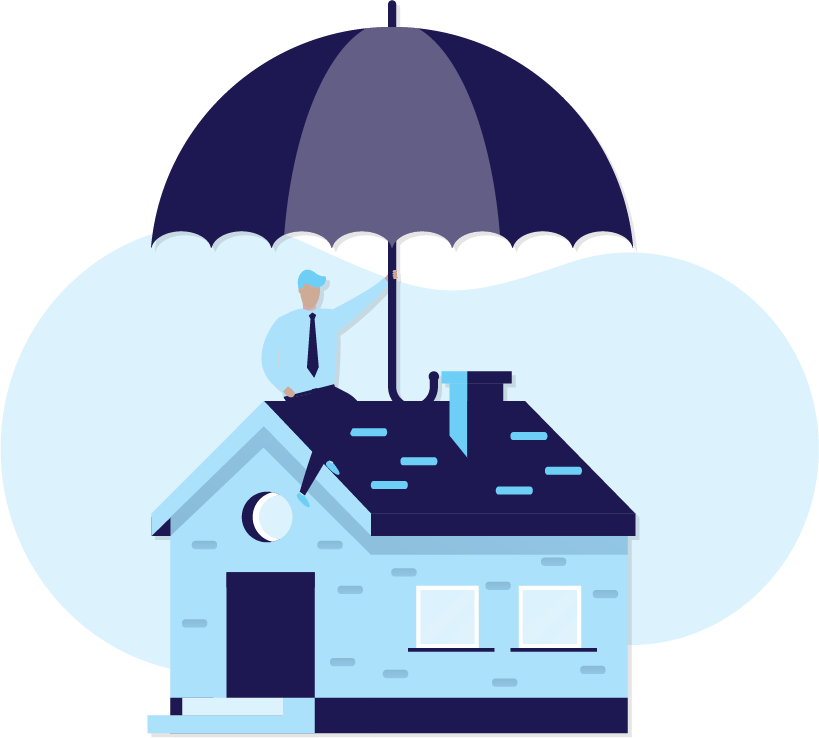
Keeping employees and visitors safe should be your main priority and is crucial when making sure your business is compliant with Kari’s Law. Following Kari’s Law assures that in an emergency situation, callers from your business can quickly dial 911 and receive help. It also reduces the possibility of civil liability in the event of a tragedy.
Businesses that do not obey Kari’s Law will suffer from fines and other penalties. These fines increase each day your organization remains not in compliance. Complying with this law helps you avoid unnecessary costs.
Let Us Guide You
TelNet has been in the telecommunications game for years. We ensure our Cloud PBX and UC customers comply with Kari’s Law. Our products meet the needs of a school, hospital, hotel or any other business. Let our experienced technicians help you ensure compliance at all times. Contact a member of our team and be confident your organization is compliant with Kari’s Law and all other FCC regulations.
